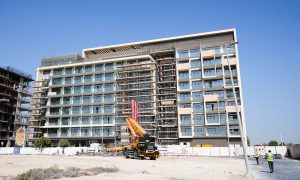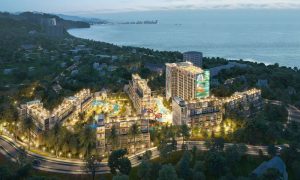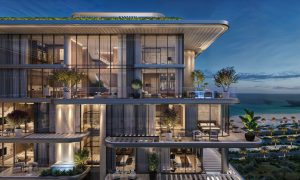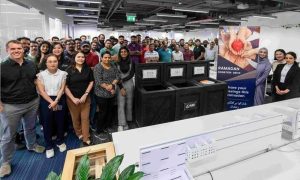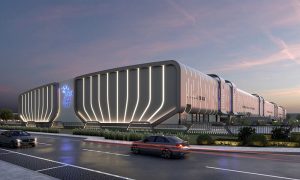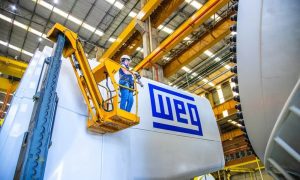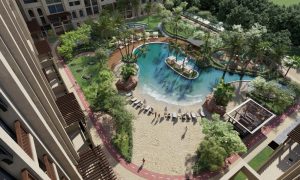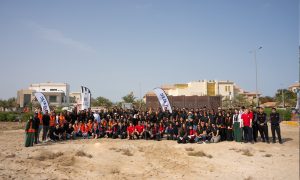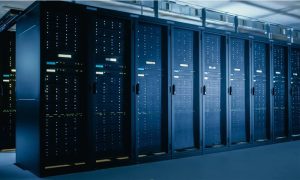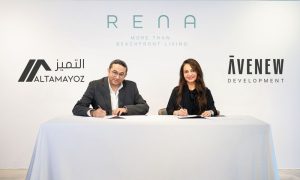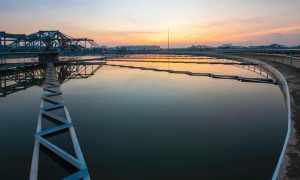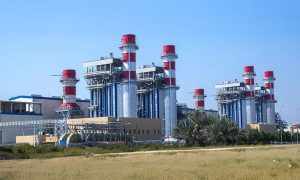Why is Dubai Dreaming Again?
Can the construction of Mohammed bin Rashid City help kick-start a new boom for the industry in Dubai just when we thought the dream was over? Charles Martin writes
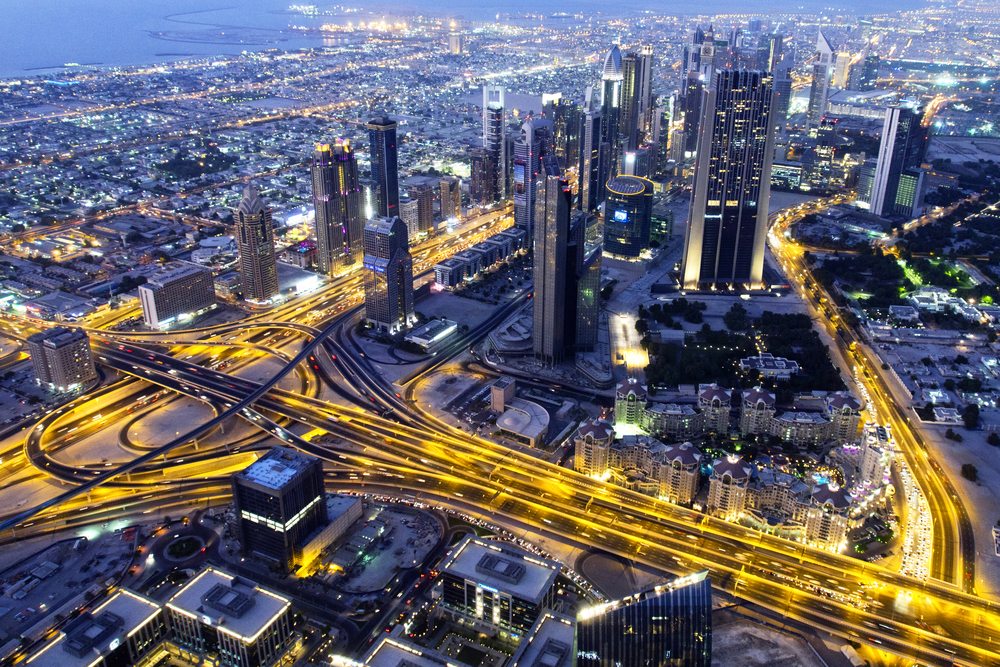
“The current facilities available in Dubai need to be scaled up in line with the future ambitions for the city,” Sheikh Mohammed said.
The development, a joint venture between Emaar Properties and Dubai Holdings, will be located between Sheikh Zayed Road, Emirates Road and Al Khail Road. The announcement was vague in terms of who would finance it, what was the driving force, and specific details.
At its heart is a public park Sheikh Mohammed said would be 30% larger than London’s Hyde Park. And the development means that Dubai will retain the world’s largest shopping mall. There are going to be a 100 new hotels to add to the 400 already tussling for tourists. Separately there is a canal system with waterborne public transport. His Highness also announced the launch of the ‘Dubai Modern Art Museum & Opera House District’ in Downtown Dubai.
Literally weeks after the announcement His Highness, unveiled Dubai Hills, the first project in the new ‘city within the city’ development. The new gated community will provide ultra-luxury residences, designed to the bespoke considerations of the owners. Truly unparalleled in the residential project development history of the city, Dubai Hills ushers in a brand-new lifestyle that will set a new mark in high-end lifestyles, following the enormous success of ‘Emirates Hills’ developed by Emaar.
The announcements were greeted with caution by some members of the construction community, some cynicism by others and with joy by those companie who will be getting RFP and Requests to Tender notices.
Nicholas Maclean is the managing director of CBRE in the region. He points out an anomaly in the way that Dubai operates. If you split the market into residential, office and retail you find differing results. Currently office space is showing roughly 47% of the overall stock unoccupied. This will rise to 50% this year. Yet there is a genuine shortage of good office space and rents are rising near the Sheikh Zayed Road artery.
“There is a lot of offshore money that would like to enter the Dubai market but the investment opportunity is simply not there,” says Maclean.
There are also, according to Maclean, at least three clients of his trying to obtain 50,000sqm properties in Dubai.
In terms of residential property CBRE estimates that some properties are raising their rents this year by 26%. So there are strong indications of need for more housing stock in the city.
One of the major concerns is how much this will cost and how it will be paid for. Sheikh Mohammed offered no word on who would finance the emirate’s latest project, how much it would cost or the timetable for construction. He said only: “We have to start work immediately,” while indicating that investment would total several billions of dollars. He indicated that they had the finance though but declined to offer its source.
We can only guess how it will be paid for now but BPME can offer a guide to at least some of the costs. There will be at least a hundred new hotels, and in Dubai an average hotel has 250-350 rooms. Assuming most of the hotels are five-star, the cost is roughly $110 million per hotel. Let us assume that there will be some four star hotels in the mix, they come in at $68 million per hotel.
The project includes the largest mall in the world, the Mall of the World. The cost per square metre of a mall is approximately $2,500 USD. A typical UAE mega mall project is roughly 200,000 square metres in scale. The Dubai Mall is currently roughly twice the size of the Mall of the Emirates, so would cost more than a billion dollars. The Dubai Mall is being expanded though, so if we assume the new Mall of the World will be at least five times the size of the Mall of the Emirates you would expect a cost of $2.5 billion dollars.
One of the major elements of the MBR City project is the Universal theme park, developed in partnership with Universal Studios. There is a definite advantage to a theme park in MBR City. Imagine trying to sell Dubai as a holiday destination to someone in central Europe. The flight is roughly the same as to Orlando, Florida. Dubai is open on two of three holidays in a year; it is not a summer destination. Currently justifying Dubai as a family destination is a hard sell. Matthew Green, head of research at CBRE agrees: “Expanding and improving tourism-related infrastructure is clearly required if Dubai is to compete on the global tourism stage.”
In 2012 it was estimated that Dubai attracted close to 10 million visitors, up around 10% on 2011 figures. However, to meet its long-term goal of 15 million tourists there will need to be a prolonged period of solid visitor growth. This will of course require additional investment in order to create tourism drivers in the form of leisure and cultural attractions, as well as an overall improvement in the emirates infrastructure so that the city can handle the additional tourism capacity for years to come.
Matthew Green explains: “Although 100 hotels have been suggested for MBR City, we see this level of commitment as being spread over several decades and phased so as to avoid negative impact on supply and demand fundamentals. With around 55,000 hotel keys already in the pipeline and a further 14,000 new rooms to be added by 2015, there is already significant supply to be added to the hotel inventory in the medium term.”
The main consideration, from a construction view is, who is going to build MBR City? There are also questions such as the potential speed of the development and what effect it will have on the infrastructure of the city. Dubai’s new city within a city will be built by Dubai Holding, a conglomerate owned by the Sheikh, and Dubai’s premier real estate firm, Emaar Properties, according to a press release from Emaar.

